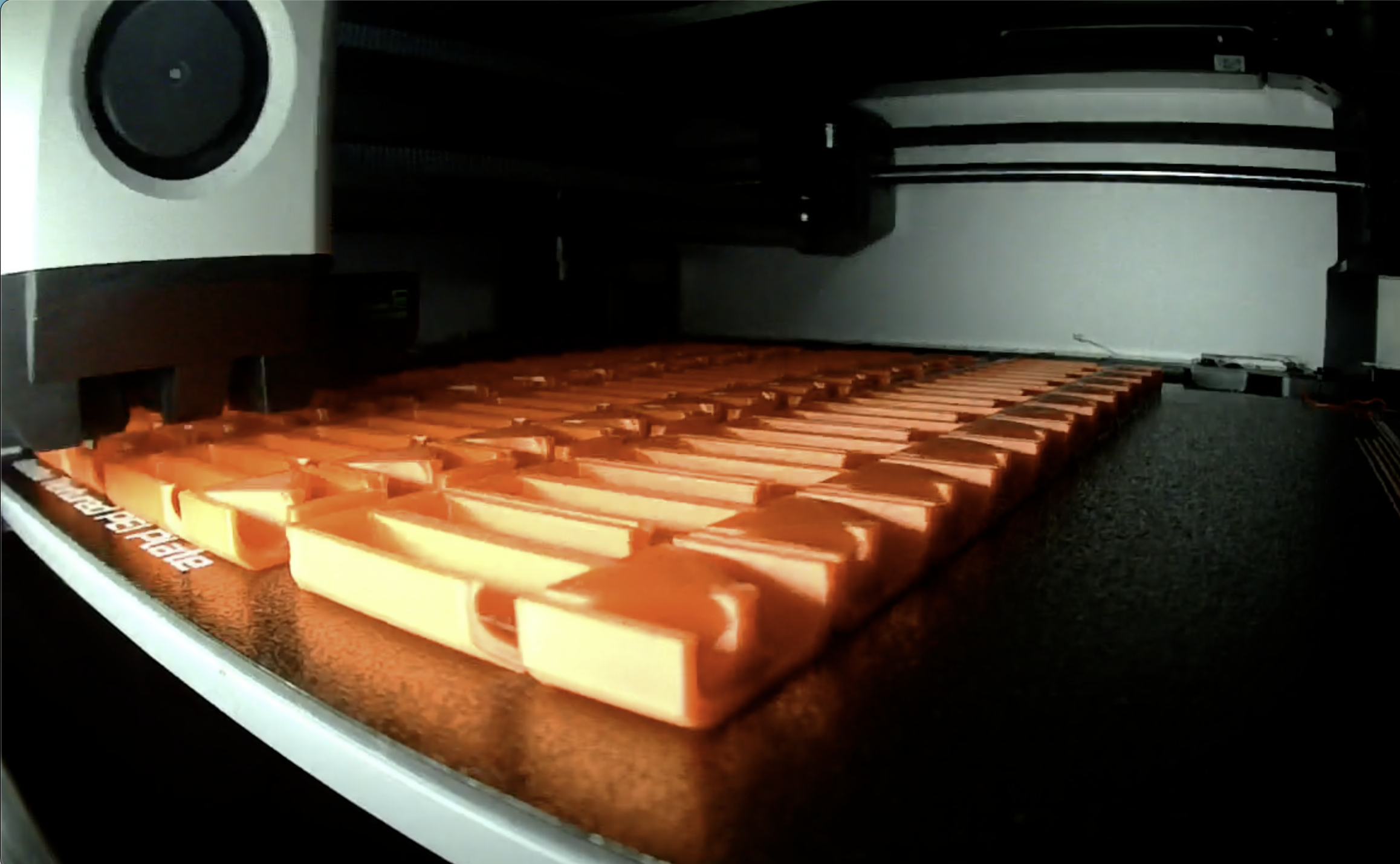Chicagoans have turned to a novel piece of tech that marries the old-school with the new to warn their communities about the presence of ICE officials: 3D-printed whistles.
The goal is to “prevent as many people from being kidnapped as possible,” Aaron Tsui, an activist with Chicago-based organization Cycling Solidarity, and who has been printing whistles, told 404 Media. “Whistles are an easy way to bring awareness for when ICE is in the area, printing out the whistles is something simple that I can do in order to help bring awareness.”
Over the last couple months ICE has especially focused on Chicago as part of Operation Midway Blitz. During that time, Department of Homeland Security (DHS) personnel have shot a religious leader in the head, repeatedly violated court orders limiting the use of force, and even entered a daycare facility to detain someone.
3D printers have been around for years, with hobbyists using them for everything from car parts to kids’ toys. In media articles they are probably most commonly associated with 3D-printed firearms.
One of the main attractions of 3D printers is that they squarely put the means of production into the hands of essentially anyone who is able to buy or access a printer. There’s no need to set up a complex supply chain of material providers or manufacturers. No worry about a store refusing to sell you an item for whatever reason. Instead, users just print at home, and can do so very quickly, sometimes in a matter of minutes. The price of printers has decreased dramatically over the last 10 years, with some costing a few hundred dollars.
A video of the process from Aaron Tsui.
People who are printing whistles in Chicago either create their own design or are given or download a design someone else made. Resident Justin Schuh made his own. That design includes instructions on how to best use the whistle—three short blasts to signal ICE is nearby, and three long ones for a “code red.” The whistle also includes the phone number for the Illinois Coalition for Immigrant & Refugee Rights (ICIRR) hotline, which people can call to connect with an immigration attorney or receive other assistance. Schuh said he didn’t know if anyone else had printed his design specifically, but he said he has “designed and printed some different variations, when someone local has asked for something specific to their group.” The Printables page for Schuh’s design says it has been downloaded nearly two dozen times.

